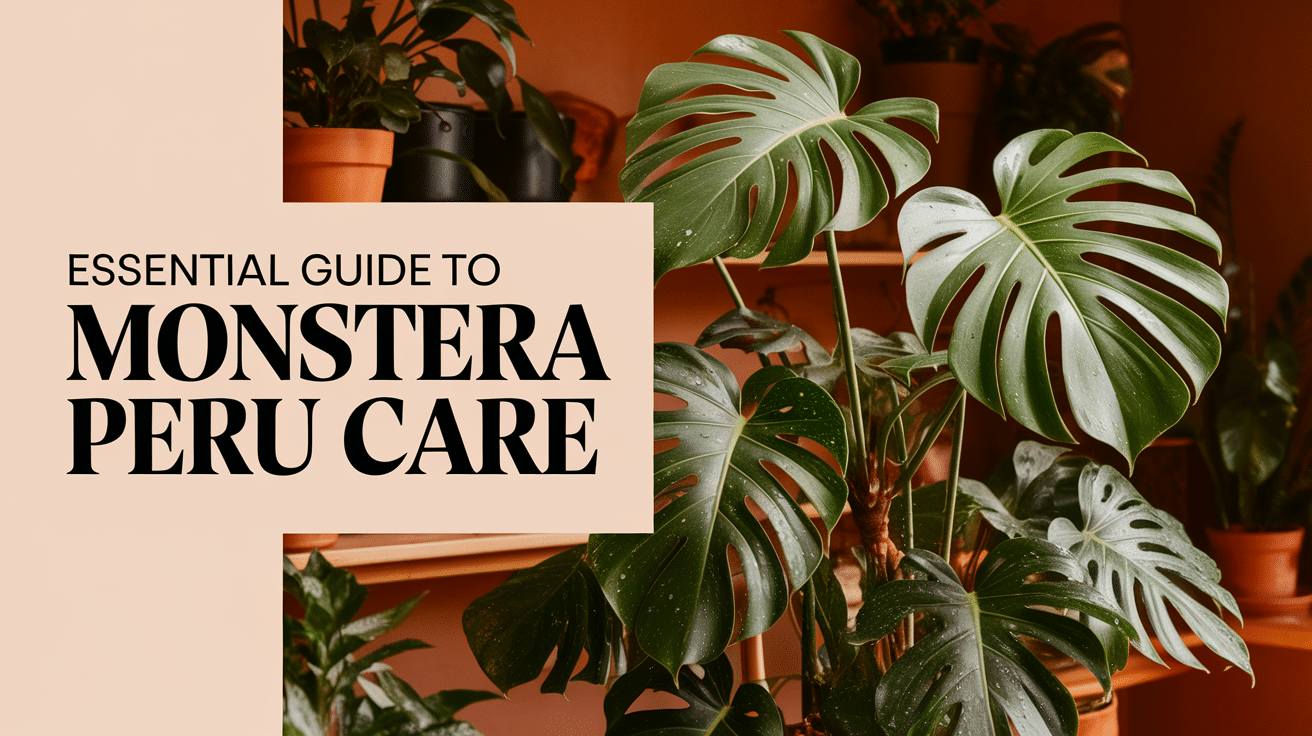Ever noticed how a Monstera Peru can turn even the plainest corner into something special? This compact beauty with its textured leaves brings a touch of the tropics right into your home.
Monstera Peru plants are tough cookies that don’t ask for much. They’re perfect for busy plant parents or those just starting their green journey.
Not only do they look great, but their low-maintenance nature means you can enjoy their unique charm without stressing over complicated care routines.
This guide breaks down everything you need to know about keeping your Peru happy and thriving. From light and water needs to common problems and fixes – we’ve got you covered.
Ready to help your plant friend grow its best? Let’s get your Monstera Peru living its best life.
What Is Monstera Peru?
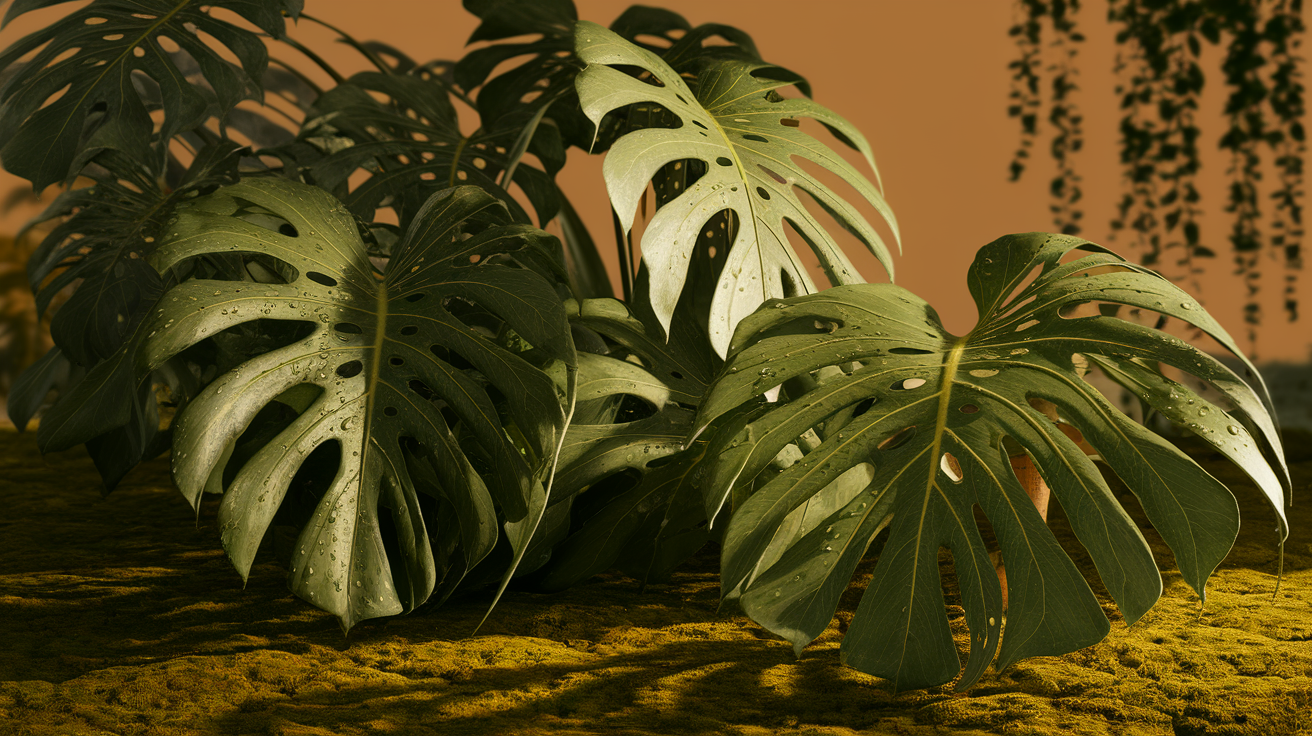
Monstera Peru, also known by its scientific name Monstera karstenianum, is a rare and visually striking member of the Monstera family.
Unlike the popular Monstera deliciosa, which is known for its large, fenestrated (split) leaves, Monstera Peru has thick, leathery leaves with a deeply textured, rippled surface that resembles a quilted pattern.
This plant is native to the tropical rainforests of South America, where it climbs trees and thrives in warm, humid environments under a canopy of filtered light.
Monstera Peru is often referred to by several names, including Karstenianum, Shingle Plant, and Monstera sp. Peru in the plant trade. Its compact growth, bold foliage, and rarity make it a favorite among collectors and houseplant enthusiasts looking for something a little more exotic.
Monstera Peru Care Steps
Providing the right light is crucial to maintaining the health and vibrancy of your Monstera Peru. This plant loves bright, indirect light that mimics its natural tropical environment. Let’s examine how to create the ideal environment for it to thrive.
1. Light Requirements
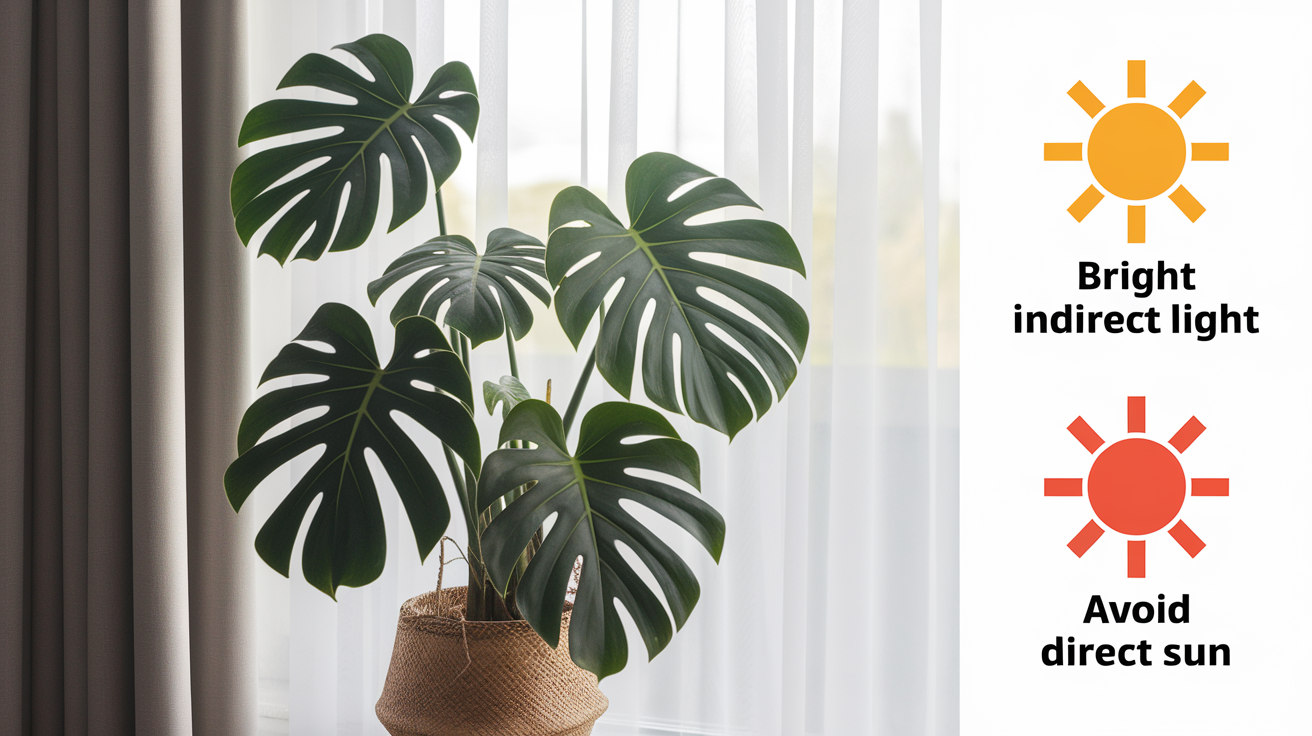
- Place your Monstera Peru in bright, indirect light.
- It will grow well near a window or greenhouse that doesn’t receive harsh direct sunlight.
- Bright light helps it thrive, but it can still grow in moderate conditions.
2. Watering Routine
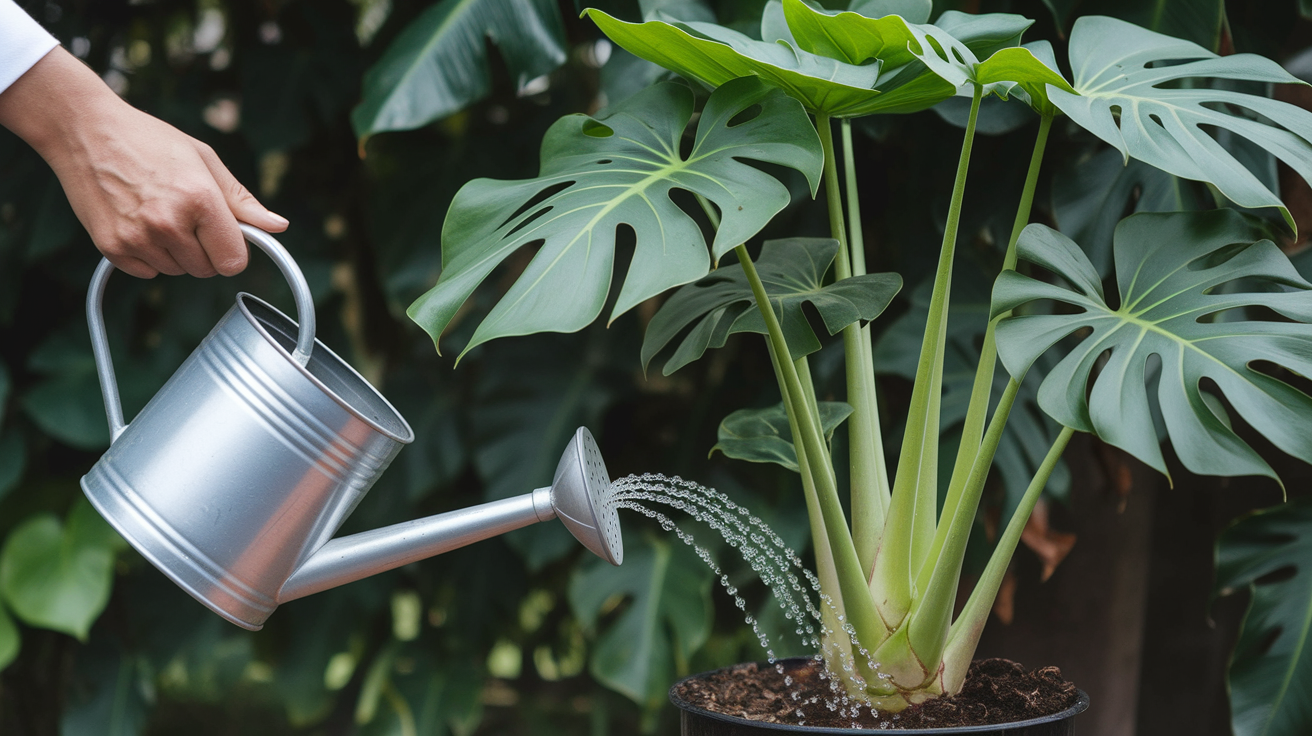
- Water every 7 to 10 days, adjusting the frequency according to the season.
- Let the soil dry out slightly between waterings.
- Overwatering can cause root rot; underwatering may lead to yellowing leaves.
- If you’re forgetful, use a ceramic pot to retain moisture; if you overwater, try terracotta.
3. Temperature Tolerance
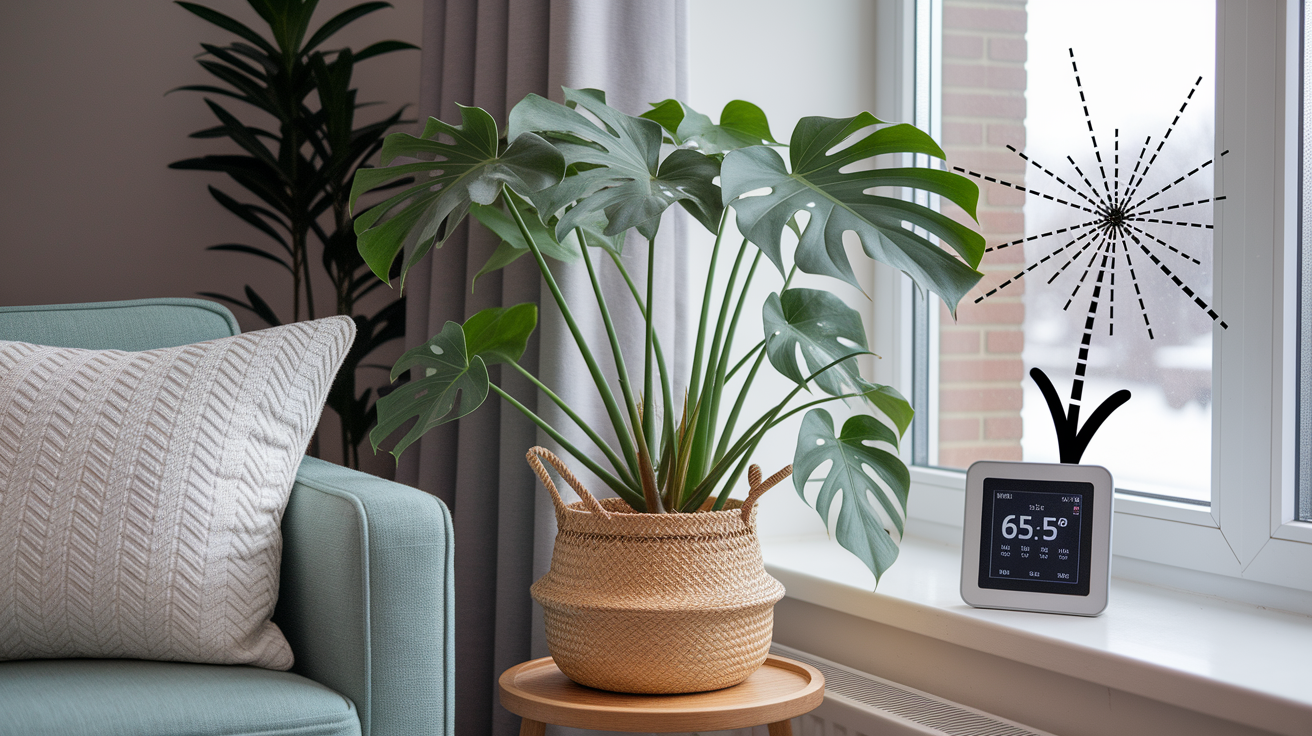
- Monstera Peru thrives in warm temperatures and doesn’t tolerate cold drafts.
- Please keep it away from windows or doors that allow cold air to enter.
- It may slow growth in winter, but it should remain healthy.
4. Humidity Preferences
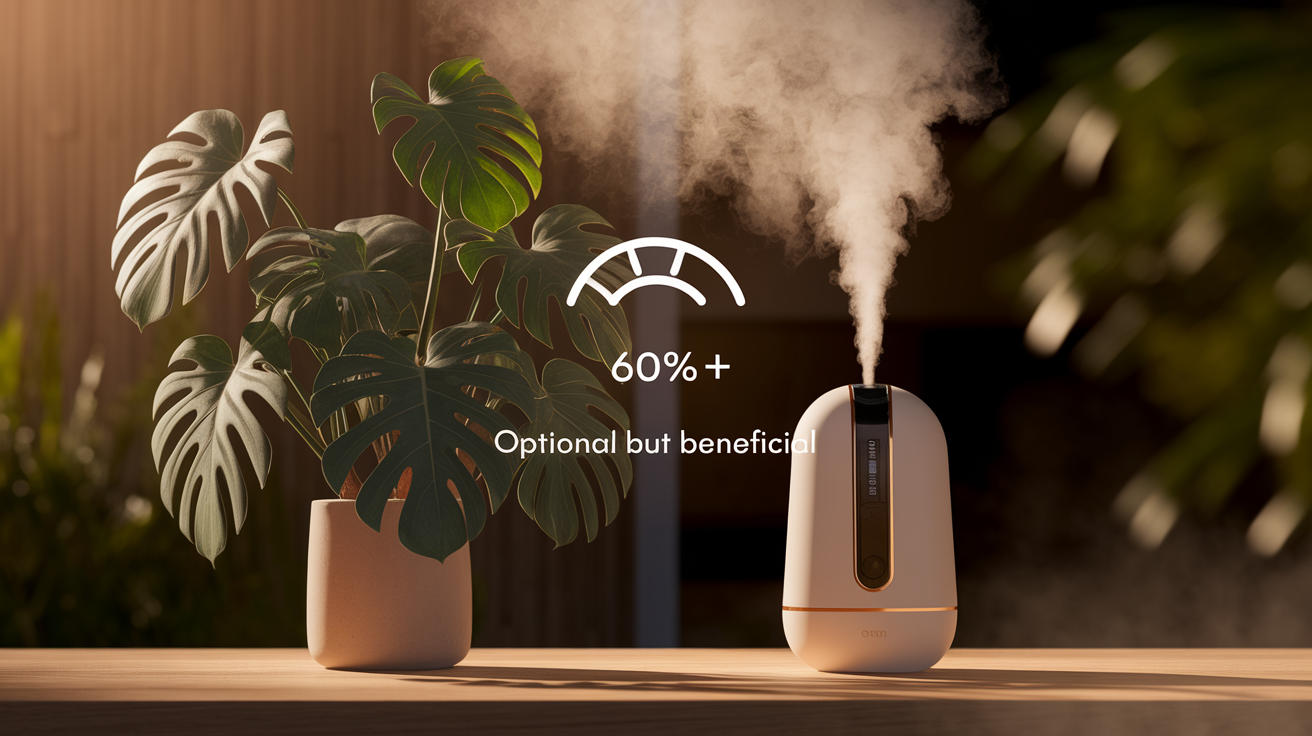
- Extra humidity is not necessary, but definitely appreciated.
- Keeping it near a humidifier can help maintain active growth during colder months.
- Higher humidity levels support the growth of larger and healthier leaves.
5. Fertilizer Use
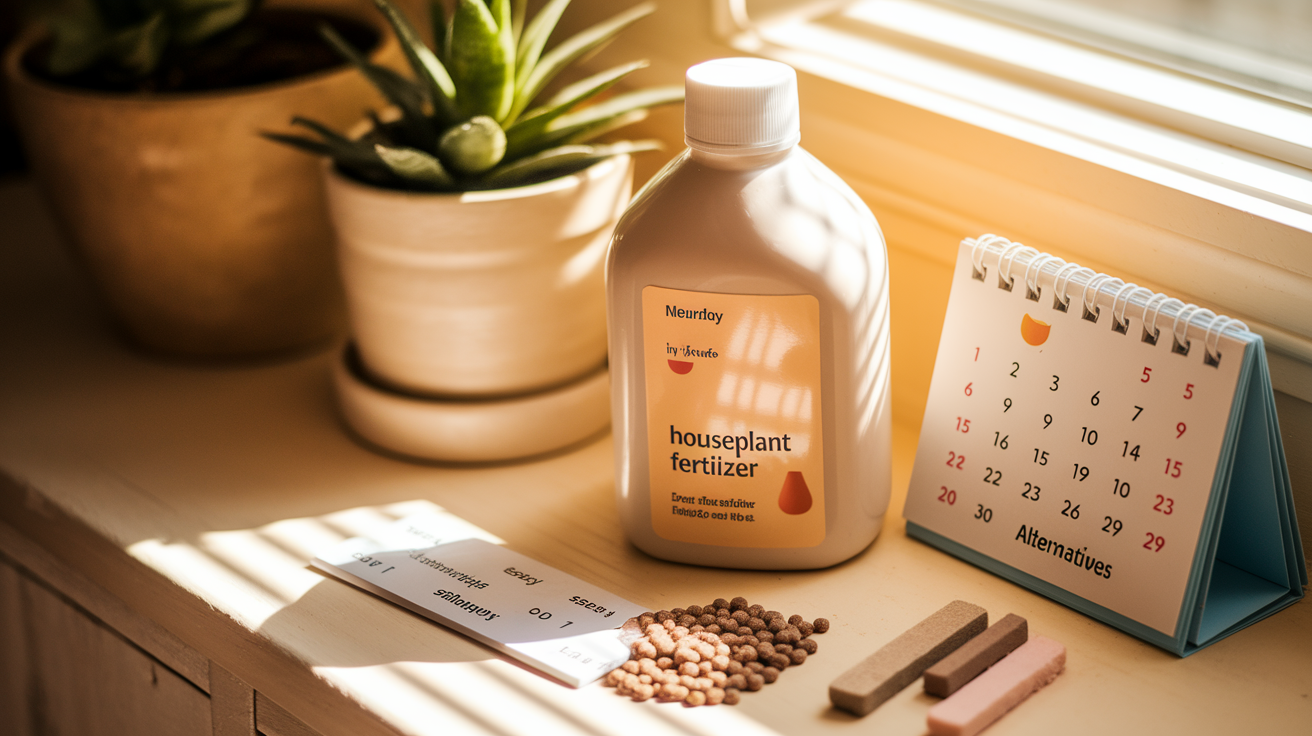
- Use a regular houseplant fertilizer every other watering.
- Liquid fertilizers (e.g., Espoma, Instant Plant Food) are recommended.
- Slow-release pellets or sticks can be an alternative if you tend to forget.
6. Soil Mix
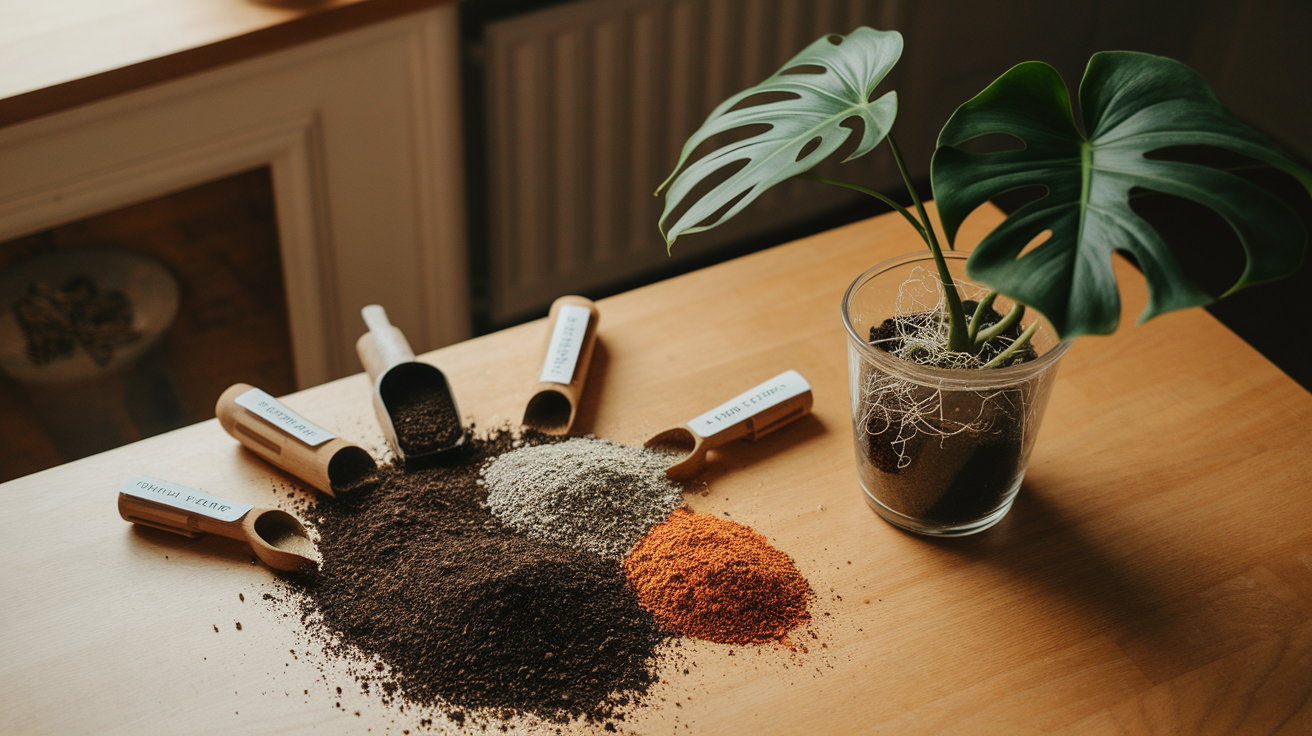
- Use a chunky, aerated, well-draining mix.
- Orchid bark, perlite, and peat-based mixes work well.
- Clear pots help monitor root health, but nursery pots are okay if drainage is good.
7. Propagation Tips

- Propagate using moss or water; both methods work fine.
- Be patient: Monstera Peru is a slow-growing plant and takes time to establish roots.
- Only propagate from healthy cuttings with visible nodes.
8. Growth Habit and Support
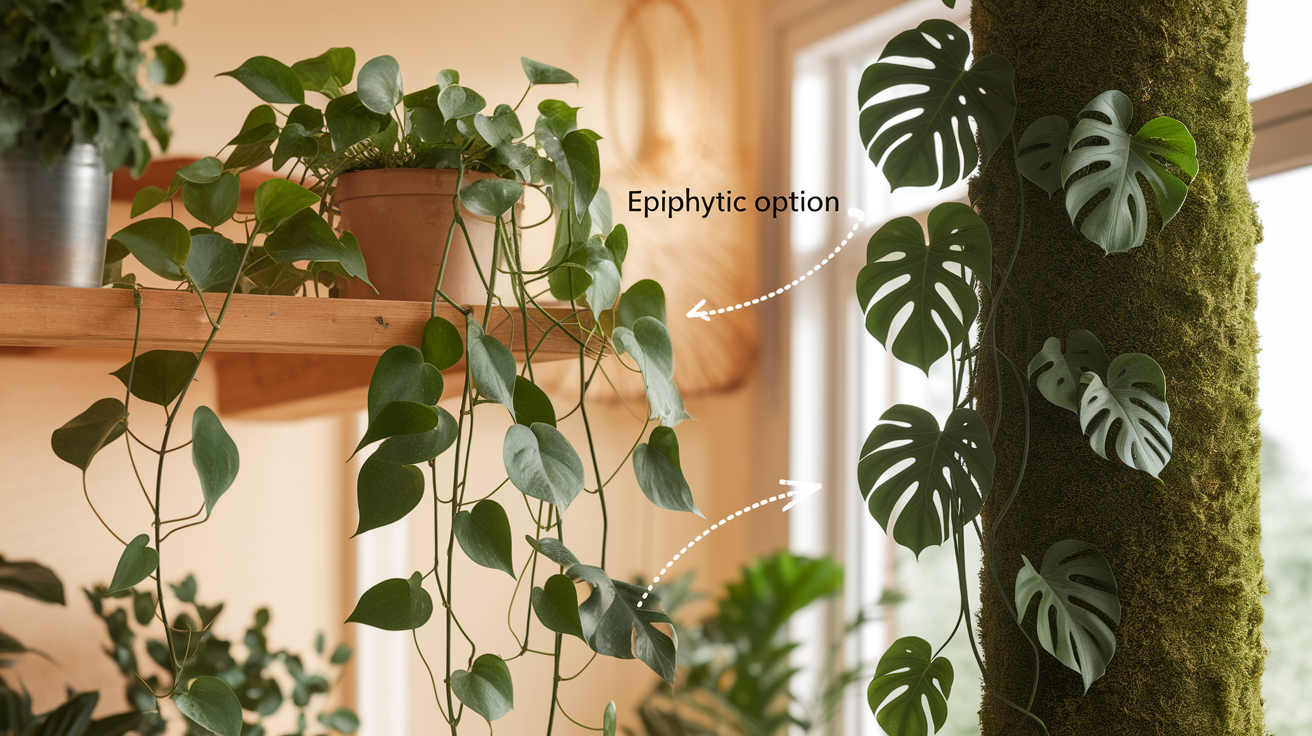
- This plant can trail or climb on a moss pole.
- Leaves may grow larger with support, but many growers prefer letting it trail.
- It may not fenestrate like other Monsteras.
9. Potting and Repotting
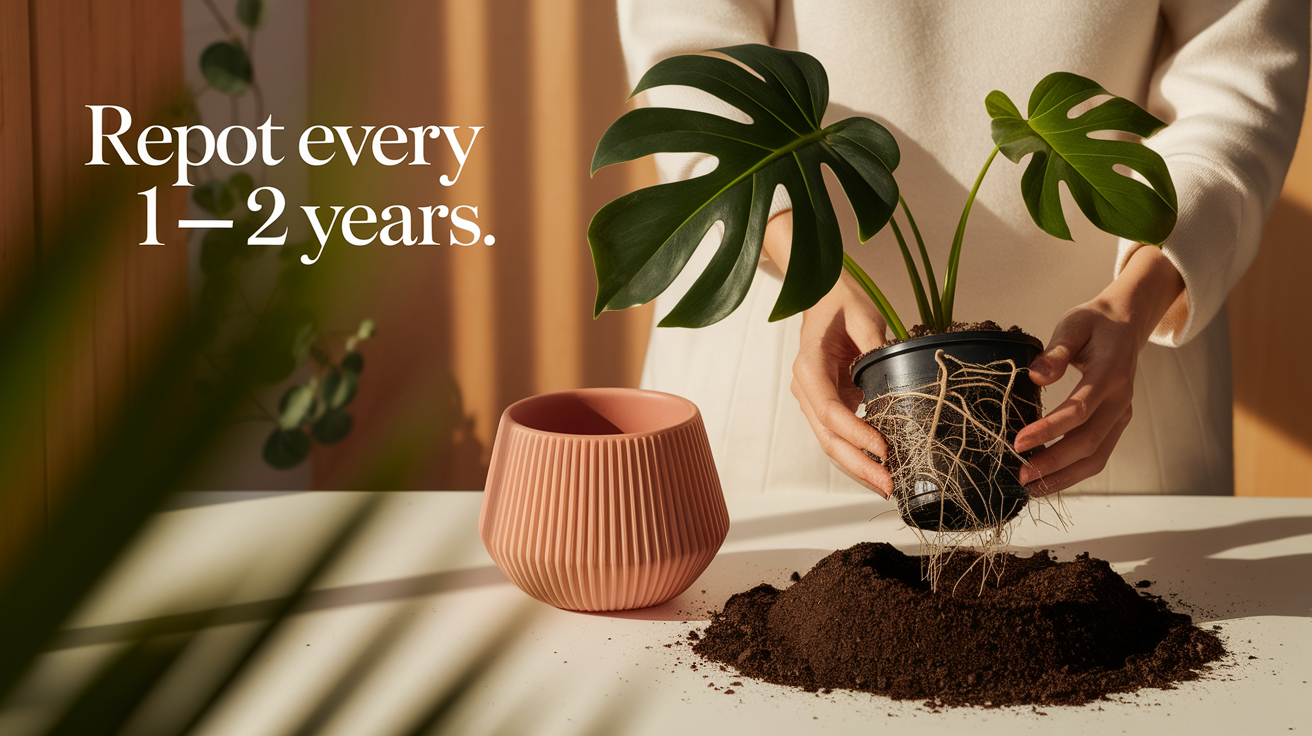
- It doesn’t need frequent repotting—once every 1–2 years is enough.
- Consider repotting if roots outgrow the container or if the soil retains too much moisture.
- Remove the plant from the nursery pot if you water it frequently to avoid root issues.
Common Problems and How to Fix Them
Although Monstera Peru is relatively low-maintenance, it can still exhibit signs of stress if its environment or care routine is not optimal. Here’s a clear breakdown of common problems and how to quickly fix them:
1. Yellowing Leaves
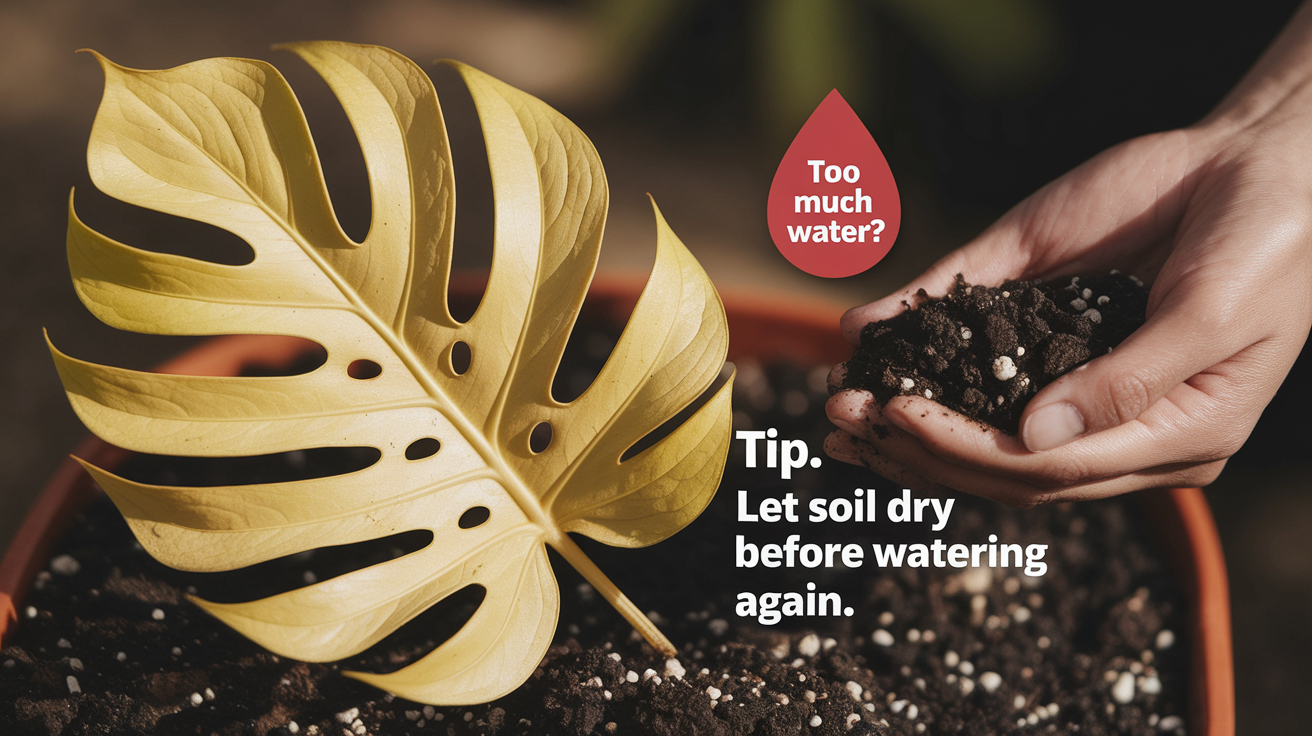
What does it mean:
Usually caused by overwatering or poor drainage. The roots may be sitting in soggy soil, which can lead to stress or even root rot.
How to fix it:
- Check the soil: If it’s wet, let it dry out.
- Adjust watering to every 7–10 days, allowing the top inch of soil to dry out first.
- Make sure the pot has good drainage and consider switching to a chunky, well-aerated soil mix.
2. Curling Leaves
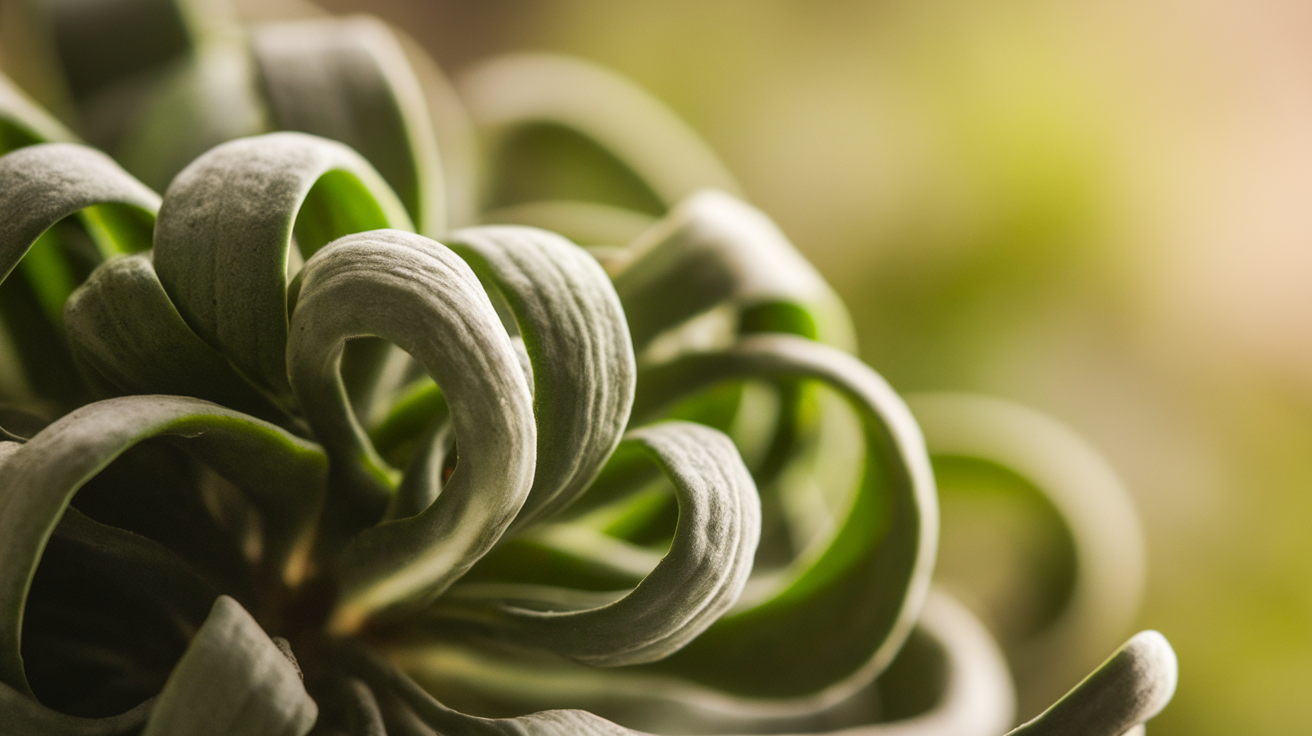
What does it mean:
This often signals underwatering or low humidity. The plant curls its leaves to conserve moisture.
How to fix it:
- Water the plant thoroughly when the top of the soil feels dry to the touch.
- Increase humidity with a humidifier, pebble tray, or by misting occasionally.
- Please keep it away from heating vents or dry air zones.
3. Root Rot
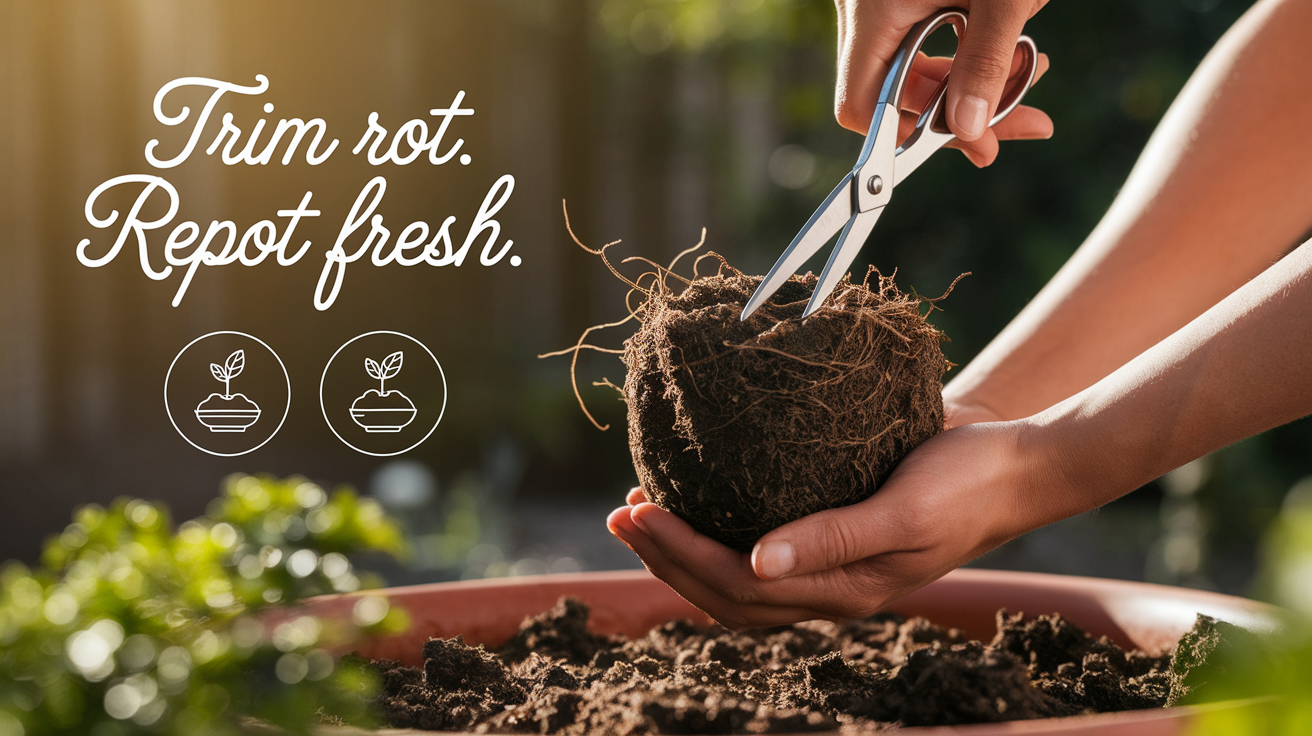
What does it mean:
Root rot occurs when the roots remain too wet for an extended period, typically due to overwatering or dense, compact soil.
How to fix it:
- Gently remove the plant from the pot and trim off any black, mushy roots.
- Repot in fresh, well-draining soil.
- Reduce watering and ensure proper drainage in the new pot.
4. Pests (Spider Mites, Mealybugs)
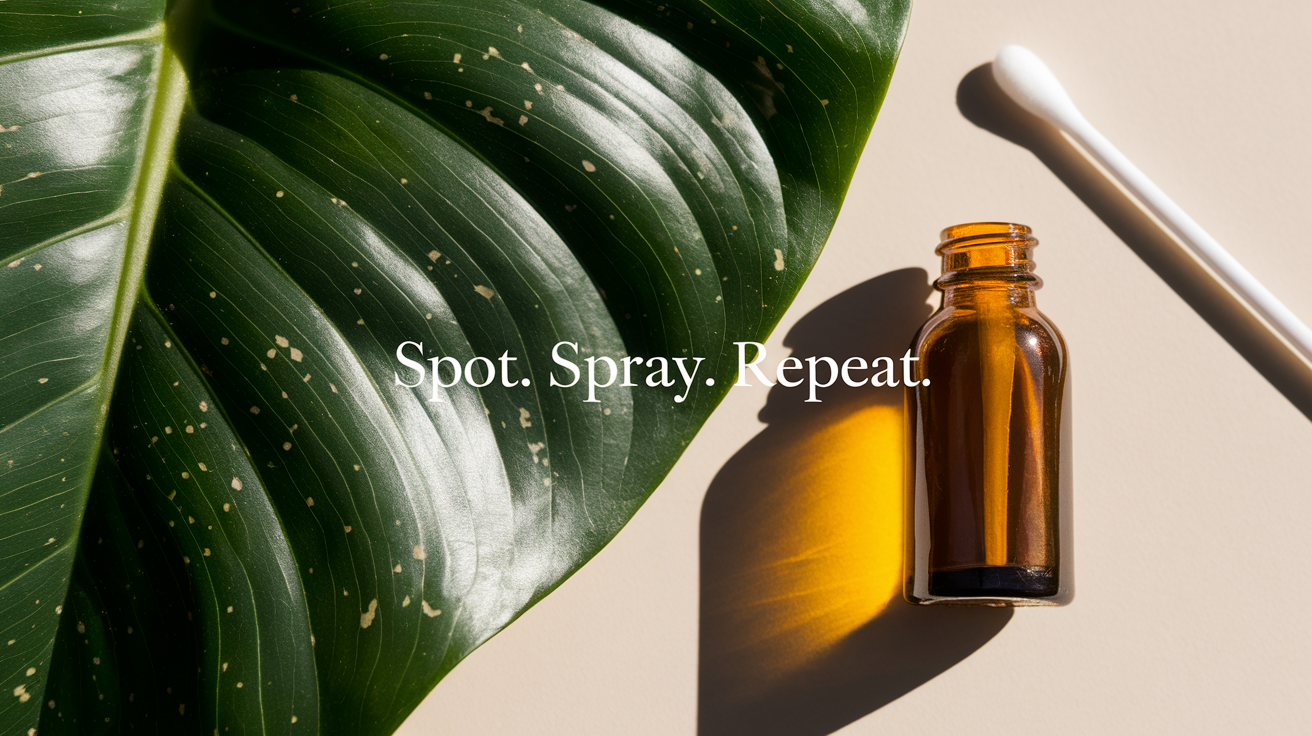
What does it mean:
Tiny insects feed on the plant’s sap, causing discoloration, sticky residue, or webbing.
How to fix it:
- Isolate the plant to prevent spreading.
- Wipe leaves with insecticidal soap or a diluted neem oil solution.
- Rinse the plant gently and repeat treatment every few days until pests are gone.
Is Monstera Peru Pet Safe?
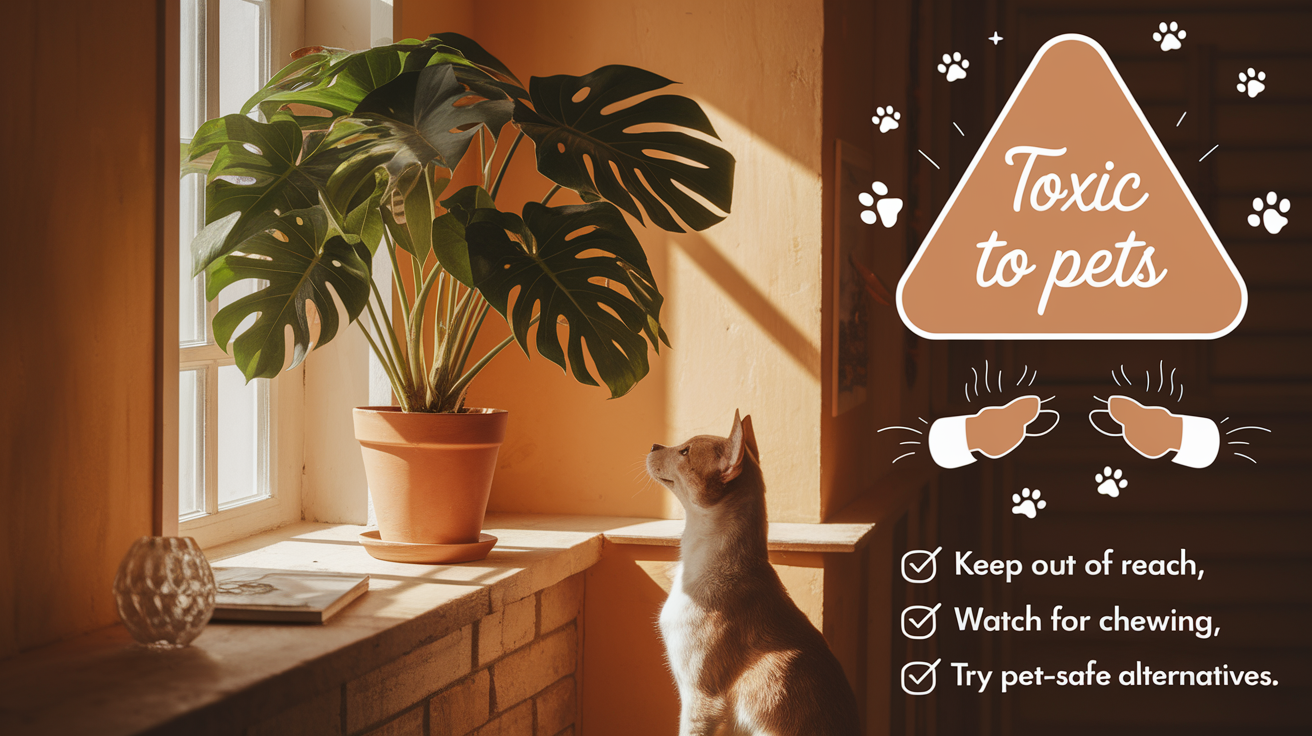
Monstera Peru isn’t pet-safe due to calcium oxalate crystals, which can be toxic. If chewed or ingested, they can cause oral irritation, drooling, vomiting, mouth pawing, and difficulty swallowing. While symptoms are rarely life-threatening, they can be uncomfortable and may need a vet visit if severe.
What You Can Do:
- Keep Monstera Peru out of reach—on high shelves, in hanging planters, or in rooms pets can’t access.
- Monitor your pets if you introduce a new plant.
- Consider pet-safe alternatives like Calathea, Spider Plant, or Areca Palm for greenery without worry.
Styling Tips and Display Ideas
Monstera Peru isn’t just a plant—it’s a statement piece. With its glossy, textured leaves and rich green color, it can easily elevate any room when styled thoughtfully. Here are some creative and practical ways to display your Monstera Peru and make the most of its tropical charm:
1. Let It Trail Gracefully from a Shelf
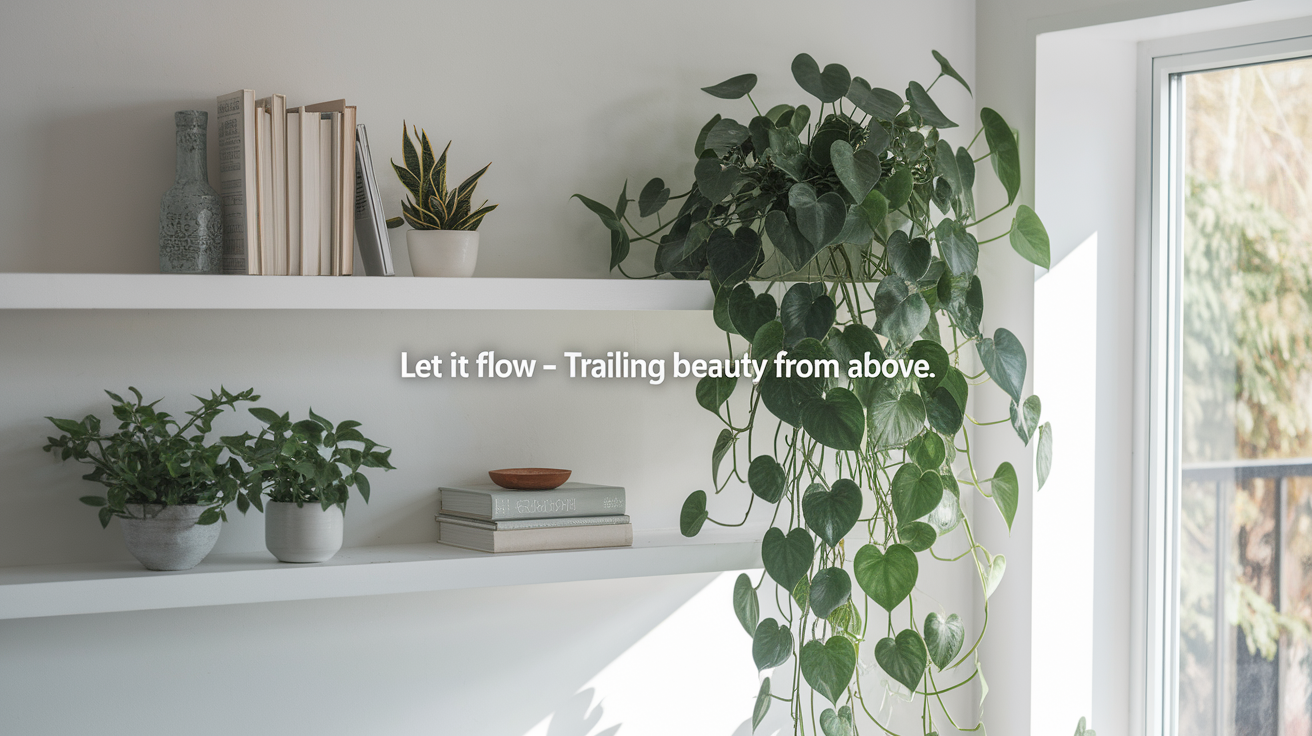
Monstera Peru naturally grows as a trailing vine. Place it on a high bookshelf, plant stand, or wall-mounted shelf and let the vines cascade downward. This look adds softness to the vertical space and brings a jungle-like feel to your decor.
2. Train It to Climb a Moss Pole
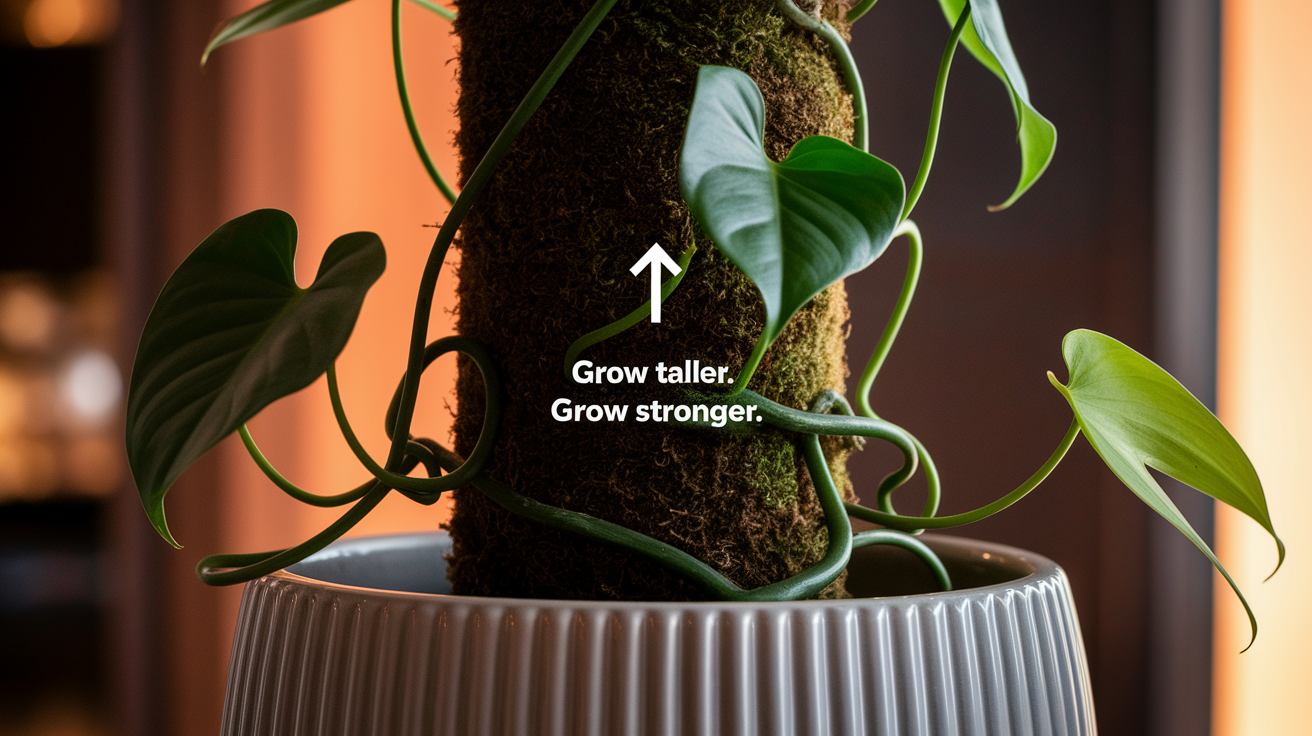
If you prefer larger leaves and upright growth, support your Monstera Peru with a moss pole or coir stick. As an epiphytic plant, it thrives on climbing, which encourages the development of more robust foliage. This is great for giving your plant height and a more structured look.
3. Use Stylish or Themed Planters
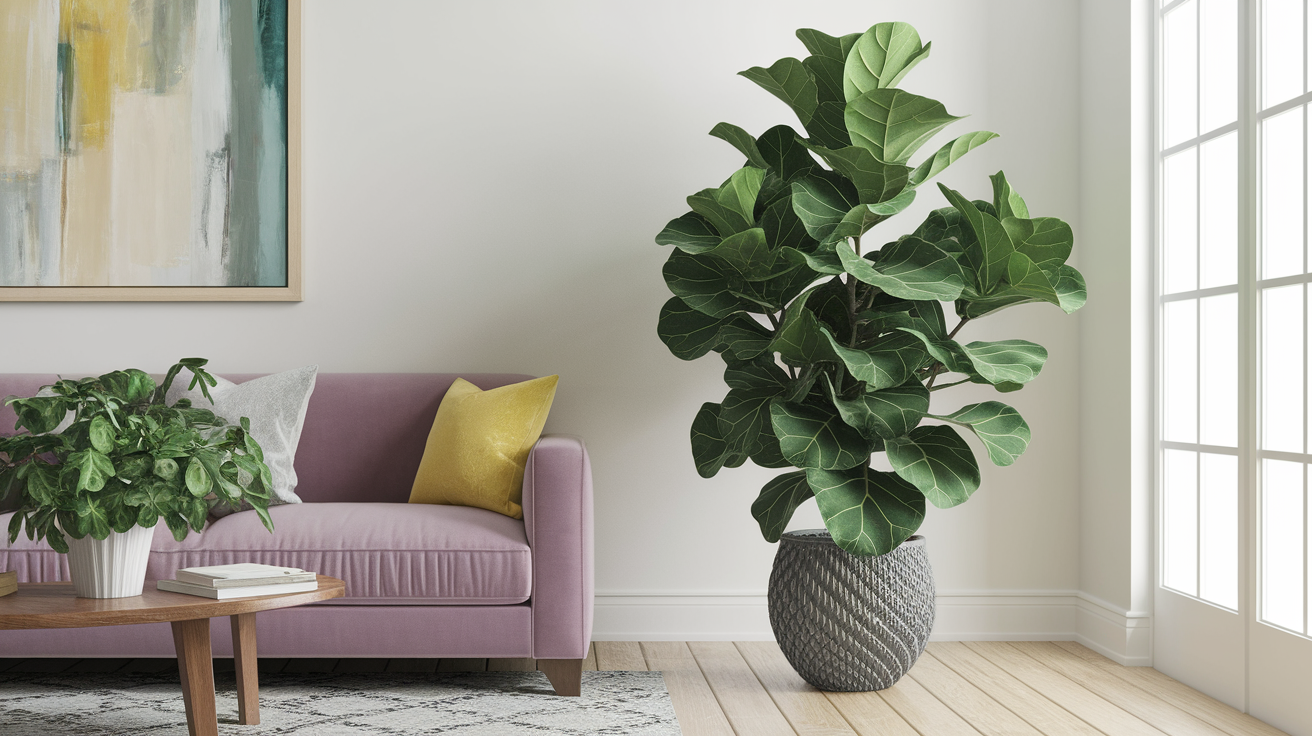
Enhance the look with a decorative planter, such as a ceramic piece, a woven basket, or a mid-century modern stand. Since the plant itself is so bold, using a clean or textured pot can create contrast and draw more attention to the leaves.
Conclusion
Growing a Monstera Peru isn’t rocket science—it’s all about getting the basics right. With proper light, water, and occasional TLC, these beautiful plants will thrive in your space for years.
Remember: use bright indirect light, let the soil dry between waterings, and maintain high humidity levels. That’s really the secret sauce!
Even if you’ve had trouble with houseplants before, Monstera Peru is pretty forgiving. It tells you what it needs through its leaves, giving you time to adjust your care routine.
Enjoyed this guide? Please share it with your plant-loving friends!
Be sure to check out our other plant care guides to develop your green thumb skills. Happy growing!

